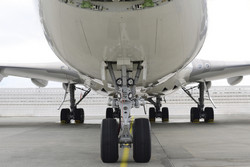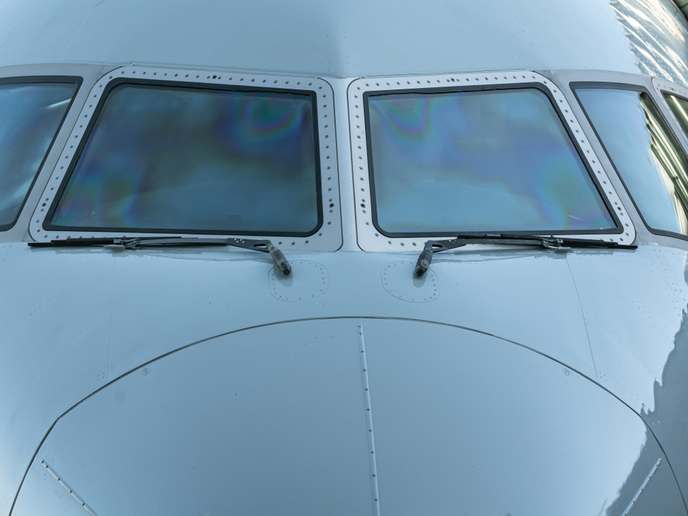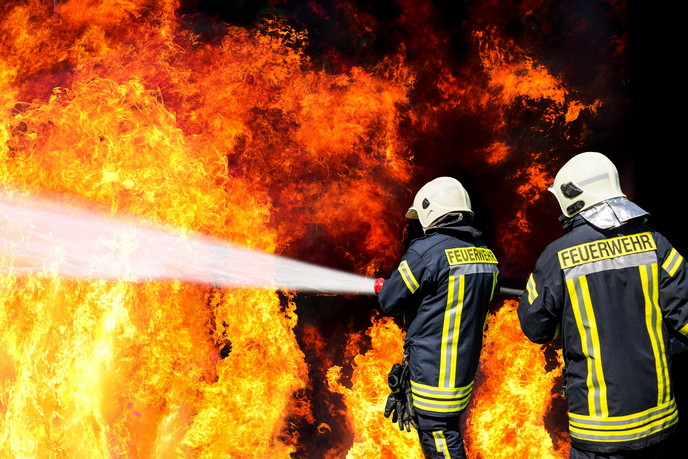Quieter regional aircraft
The acoustic analogy, which aims at defining a formal link between unsteady flow features and equivalent acoustic sources in the flow, essentially decouples the noise propagation from its generation. This allows separating the flow solution process from the acoustic analysis. The alternative, consisting in a direct numerical calculation of both hydrodynamic and acoustic fields, proves indeed quite impractical due to prohibitive CPU costs, for landing gear noise at realistic Reynolds and Mach numbers. To this end, two research institutions combined their expertise in computational fluid dynamics (CFD) and computational acoustics with EU funding of the project NOISETTE (Landing gear noise attenuation). The aim was to deliver a customised solution for the aeroacoustic analysis of low-noise configurations for a nose landing gear of regional aircraft. Project partners proposed a methodology based on combining the state-of-the-art CFD solver Argo (for performing high-quality aeroacoustic simulations) and Virtual.Lab (for predicting acoustic propagation). This methodology has the potential to enable major technological breakthroughs in the landing gear design towards minimum noise generation and the prediction of installation effects. Firstly, project partners performed the aeroacoustic analysis of a baseline geometry designed by two aerospace companies. The purpose of the study was to provide the most comprehensive view on the critical components of the nose landing gear assembly on noise emission. Based on the outcomes of the noise analysis, they defined two low-noise configurations as the best noise mitigation strategy. The configurations were in agreement with the constraints defined by an Italian aerospace research centre. NOISETTE's first design focused on the upper part of the landing gear where a spoiler is formed by adjusting the front door of the bay opening. In the second design, the lower part of the landing gear is equipped with four caps to cover the rim cavities and a windshield between two wheels. The environmental effects of aircraft noise are one of the major concerns regarding the development of regional airports. The project's methodology will undoubtedly have a major impact on the development of sustainable regional aircraft, achieving the Green Regional Aircraft objectives of low-weight quieter configurations.







